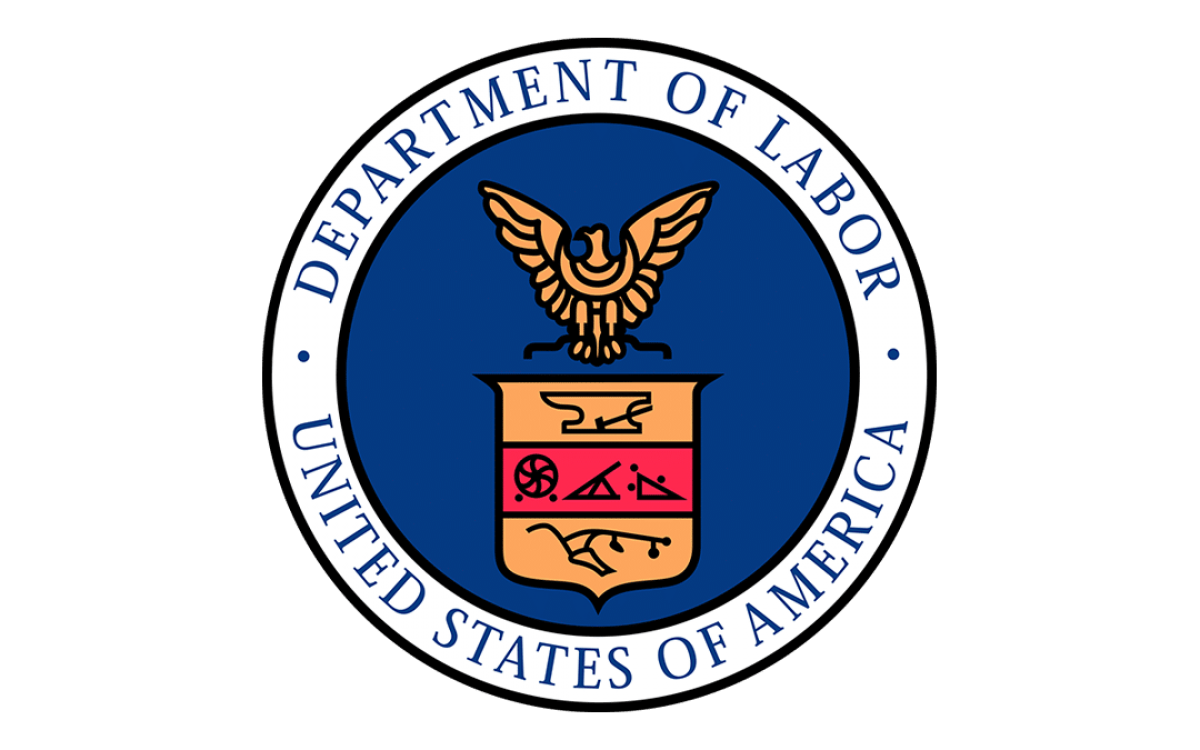On September 8th, a New York federal district court struck major portions of the U.S. Department of Labor’s (DOL) recent rule that had significantly narrowed the agency’s stance on joint employment. For the time being, it is unclear how federal court around the country will evaluate the joint employment relationship.
Legal Backdrop
This all began in March 2020, when DOL issued a rule that revised its stance on when multiple entities could be considered “joint employers.” The rule narrowed the circumstances that joint employment could exist by creating a new four-step evaluative test consisting of the following components:
- Whether the entity hires or fires the employee;
- Whether the entity supervises and controls the employee’s work schedule or conditions of employment to a substantial degree;
- Does the entity determine the employee’s rate and method of payment; and
- Does the entity maintain the employee’s employment records?
Other noteworthy points from the DOL rule included:
- no single factor is dispositive in determining joint employer status, as the appropriate weight to give each factor will vary depending on the circumstances;
- maintaining employment records, by itself, does not demonstrate joint employer status;
- an entity must exercise (directly or indirectly) at least one of the four control factors to be considered a joint employer, not just reserve the right to control; and
- whether an employee is economically dependent on the potential joint employer is not relevant to the analysis; and
The New York Court’s Decision
The New York federal court found that the new DOL rule conflicted with the text of the Fair Labor Standards Act (FLSA) in so far as the rule ignored the FLSA’s broad statutory definition of “employer” and tried to short-circuit the FLSA’s expansive system for evaluating the employment relationship by boiling it down to four factors. Specifically, the judge held that the rule’s requirement that an entity actually exercise control over a worker to be deemed a joint employer conflicts with the FLSA, and that control is merely one factor courts and the DOL can consider; it FLSA did not intend for it to be a single, determinative factor in the analysis.
The Court also noted that DOL erred when it indicated that certain factors (such as economic dependence, or the type of business model used) are prohibited from being considering when arriving at a determination. The Court pointed to specific FLSA language as well as to several previous court decisions (including from the U.S. Supreme Court) that would require such factors to be considered when evaluating a joint employment relationship.
It is widely anticipated the DOL will appeal the court’s ruling and seek to reinstate the rule in its entirely. In the interim, employers are advised to read carefully with regards to joint employment issues as federal courts around the country may render vastly differing results until this case is resolved.
